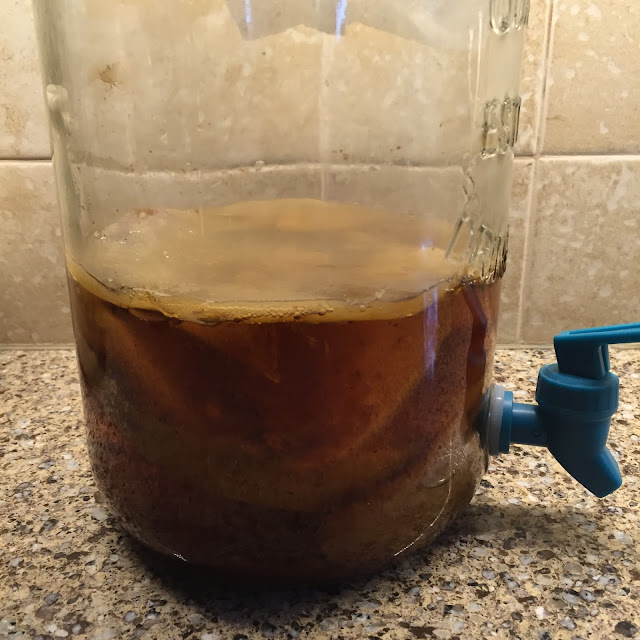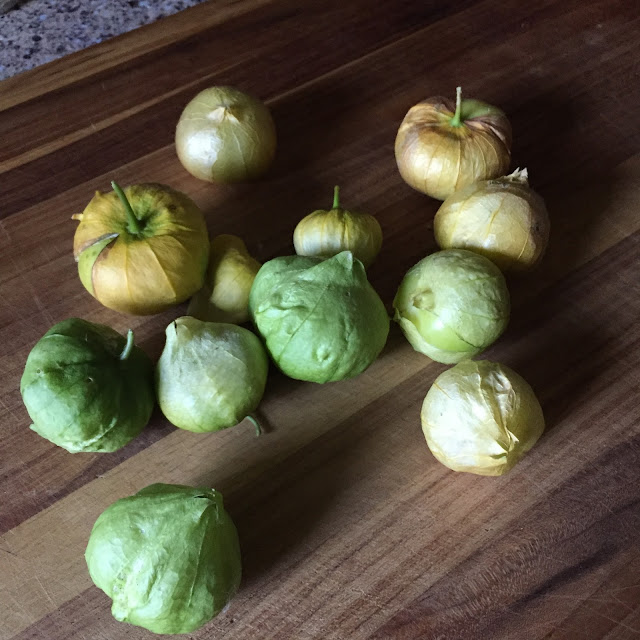We enjoy Nature and Nova. And, we watch a lot of the British mysteries, such as Masterpiece Mystery, few of which are as graphic or gruesome as most of the American produced shows. Yet, they are, in many ways, much more challenging intellectually because of the complicated plots they usually involve.
Gardening shows rank high on our favorites list, as well. We greatly enjoy Growing a Greener World. It features ideas for organic gardening and green living. Many of the episodes feature a segment where a Chef Nathan (my idol!) prepares easy farm-to-table recipes. If you click on the Episodes tab at the top of the above link, it will take you to a list of the seasons that have shown so far. Scrolling through these, you will see the episodes. Clicking on any of the episodes will allow you to watch them in their entirety.
Here are some of my favorites:
- The New Generation of Farmers This show was so inspiring for me. It features young people and some older ones, as well, who have left their cushy corporate jobs to pursue a more meaningful lifestyle growing clean healthy food without using chemicals or pesticides. All the while, keeping it close to home where they can offer their communities the freshest food available that has not been brought in from foreign countries or trucked thousands of miles.
- Brooklyn Grange This episode features a group of young people who have created very productive farms on top of buildings in New York City. I was fascinated at how they managed to produce tons of fresh, organic produce in the middle of a large city.
- Veteran Farmers This show was emotionally moving because it featured Veteran’s Farm where returning veterans are trained in sustainable farming and organic methods of production. Not only does this help create a meaningful career for these vets after returning from duty, it also helps them overcome many of the traumas they faced while overseas by giving them peaceful, quiet surroundings to live and work in, which in turn gives them a chance to work through some of the issues they returned home with.
- There are many others, such as Chicken Keeping 101, How to Make Compost, Solitary Bees, Backyard Bees and Polyface Farms. You can find many more by scrolling through the list of episodes on the Growing a Greener World website.
Of course, we watch Oklahoma Gardening which is produced by Oklahoma State University. Their website is a wealth of information and many of these shows are available online, as well.
My newest favorite gardening show is Food Forward which deals with many of the issues facing us today, such as Quest for Water , Food Waste, and Making School Lunches Healthier.
I hope you will check out some of the links above and find them as enjoyable and inspiring as I have.
















